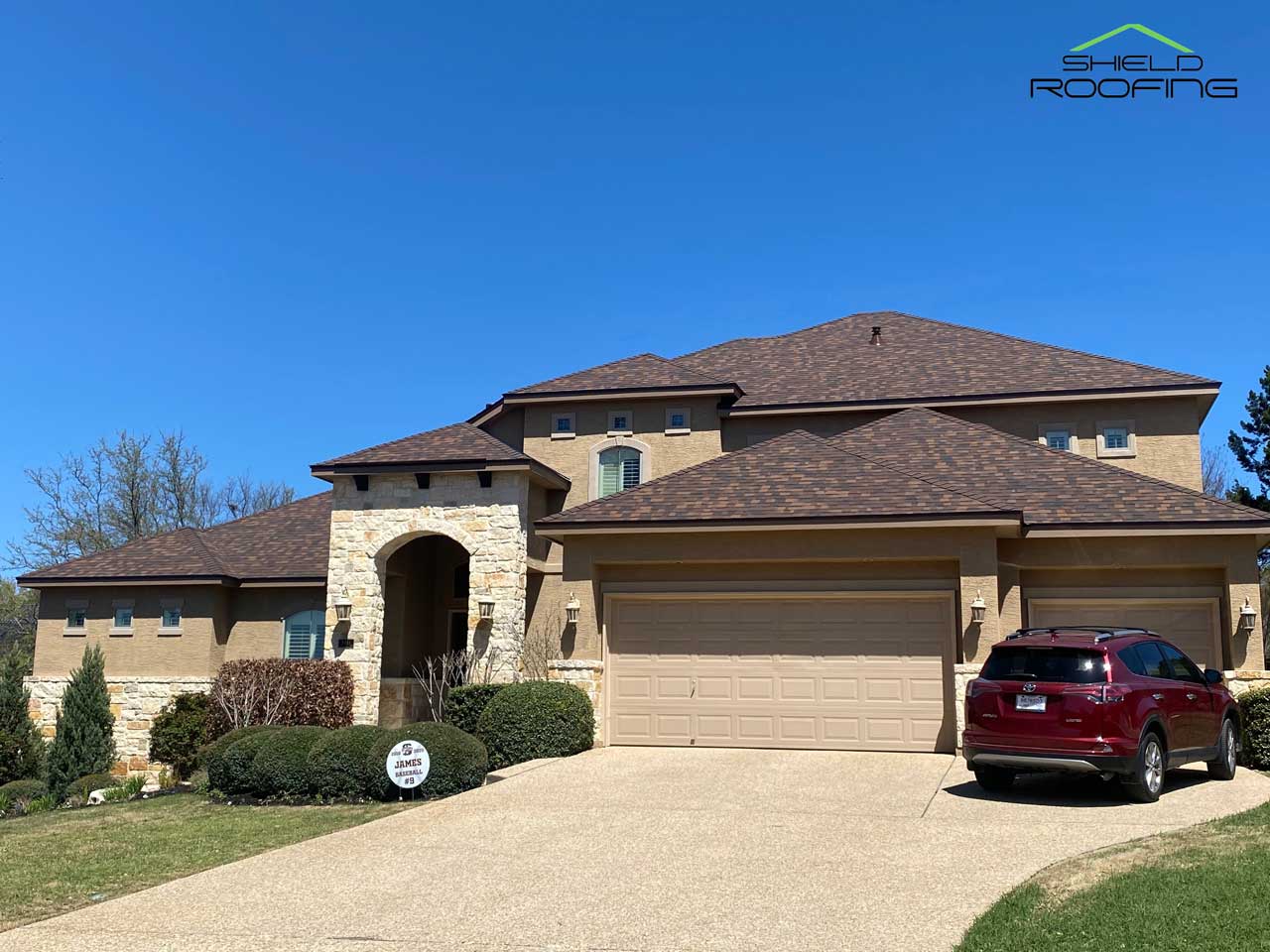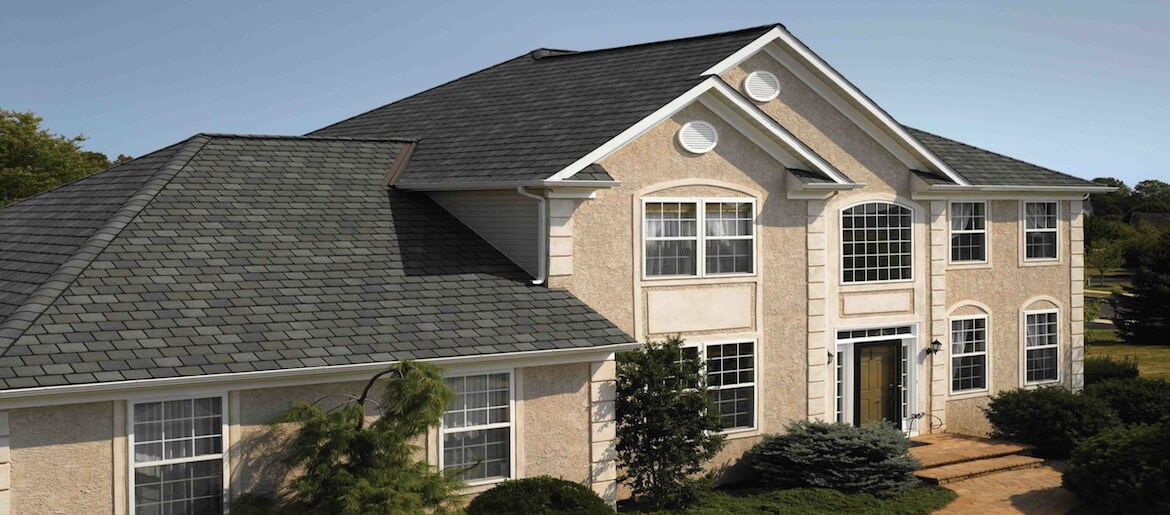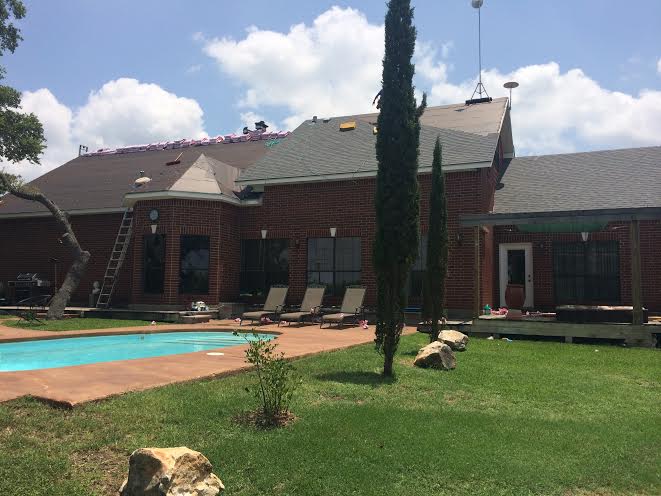The roof pitch of a building is an important factor to consider when constructing a new structure. It impacts the overall look and feel of the building, as well as its energy efficiency and structural integrity. The standard roof pitch in Texas can vary depending on the specific purpose or use of the building.
This article will explore what factors determine this standard, how it compares with other states, and why it’s important for builders to understand these standards before commencing construction.
Roofs are constructed according to different angles known as pitches which affect their appearance, durability, and energy efficiency. In Texas, there are various guidelines governing the minimum accepted angle for residential roofs; typically ranging between 3:12 (14 degrees) and 9:12 (38 degrees).
The most common standard used is 4:12 (18 degrees), however some areas may require higher slopes due to heavy snowfall or windy conditions. Additionally, commercial structures often require steeper slopes than residential buildings because they must accommodate greater loads from air conditioning units or large machinery mounted on them.
Understanding the local regulations regarding roof pitch in Texas is essential for anyone wanting to construct a safe and efficient building that meets all applicable codes. With this information in hand, builders can make informed decisions about the best type of roof material and design that complies with state requirements while still providing adequate protection against weather extremes such as hail storms or hurricanes common in parts of Texas.
Ultimately, understanding these rules helps ensure that any new structure built complies with safety standards set by local government agencies.
Definitions Of Roof Pitch
Roof pitch is defined as the angle of a roof’s slope, usually expressed in relation to its rise and run. Rise refers to the vertical measurement from the edge of the roof to its peak while run is the horizontal distance from one side of the roof to another. The standard roof pitch used in Texas may vary depending on factors such as climate, building codes or homeowner preference.
Roofs are generally classified into four categories based on their pitches: flat roofs, low-pitched roofs, medium-pitched roofs and steeply pitched roofs. Flat roofs have slopes between 0°-2°; low-pitched roofs have slopes between 2°-4°; medium-pitched roofs have slopes between 4°-8°; and steeply pitched roofs have slopes over 8°. Generally, higher pitched rooftops are more desirable because they shed water better than lower pitched ones.
Factors Affecting Roof Pitch
When it comes to the standard roof pitch in Texas, there are a few factors that can affect what is chosen. The most important factor is the climate of the area where the building will be located. Different climates require different angles for roofs due to snow and rainfall amounts. Heavy rain and snowfall may require steep pitches while areas with less precipitation may not need such steep angles. Additionally, other factors like budget, maintenance requirements, and aesthetics also play a role in determining roof pitch.
For instance, flat roofs are often more affordable but they may need more frequent maintenance than sloping ones which could be more expensive initially but last longer overall over time. Finally, some homeowners or builders opt for steeper pitched roofs because they create an attractive appearance on homes or buildings.
Building Codes In Texas
Texas building codes are based on the International Building Code (IBC) and are adopted by state and local jurisdictions. These regulations set standards for construction, including roof pitch requirements. The standard minimum slope in Texas is 2:12 or a rise of two inches per foot of run. This means that the angle of the sloped plane should be greater than 7 degrees from horizontal to ensure proper drainage and prevent water accumulation during rainstorms.
Roofs may also have higher pitches if desired; however, calculating a high-pitched roof’s structural integrity requires careful consideration as well as an experienced contractor. In terms of material specifications, asphalt shingles remain popular due to their affordability and durability against harsh weather conditions common throughout the region’s varied climate zones.

Average Roof Slope In Texas
The average roof pitch in Texas is 4/12 (four inches of rise per 12 inches of run). This means that for every foot of horizontal distance, the roof rises four inches. The minimum slope allowed by building codes in most parts of Texas is 2/12, however some counties and cities may have a different requirement.
Generally speaking, steeper pitches are recommended to maximize runoff during heavy rain events and prevent water from pooling on the roof surface. In addition, roofs with slopes greater than 6/12 improve energy efficiency due to improved air circulation beneath the roof deck. Proper ventilation helps reduce condensation build-up which can lead to mold growth and other structural damage over time.
With careful consideration and planning, it is possible to achieve an aesthetically pleasing design while still complying with local regulations and achieving desired performance goals such as drainage or energy efficiency.
Calculating The Optimal Pitch For Your Home
When determining the optimal roof pitch for a home in Texas, it is important to consider environmental factors. The state of Texas has extremely hot summers and cold winters which can cause damage to roofs with inadequate slope or low-grade shingles. It is also necessary to consider the available materials and the cost associated with building a sloped roof.
Generally speaking, an angle between 4:12 and 9:12 is considered ideal for most homes located in Texas.
In order to get an accurate measurement of your desired roof pitch, use a level tool and measure from one corner at the eaves up to the ridge line. Measure twice on each side of the house from both corners near the top section of wall plate down to the outside edge of overhang (eaves). This will help you determine what type of material and number of courses/bundles are needed for installation as well as provide a better idea about how much labor and time will be required for completion.
Additionally, by calculating this information carefully, homeowners can ensure that their roof meets all local building codes while providing long-lasting protection against weather conditions common in Texas.
How To Measure The Pitch Of Your Existing Roof
Measuring the pitch of an existing roof can be done by using a level and tape measure. To begin, place the level on top of the roof along one edge, making sure it is sitting flat against the surface. Measure 12 inches from the end of the level and make a mark with chalk or another type of marker.
Move to the other side of the roof and measure down from where you placed your initial mark until you reach either the eave (bottom edge) or ridge (top edge). Divide that number in half to get your rise measurement.
Next, use a measuring tape to find out how far apart those two points are on the roof – this will give you your run measurement. After obtaining both measurements, calculate their ratio. The result is what’s known as “the pitch” which typically ranges between 4:12 and 9:12 in Texas.
Benefits Of Installing A High-Pitched Roof
The installation of a high-pitched roof provides several benefits. It helps to maximize the available space in the attic, allowing for more storage and improved insulation. This can help reduce energy costs as less heat is able to escape through the roof.
Additionally, water runoff from precipitation is better managed with a steeper angle, reducing the likelihood of moisture buildup or leaks in the home’s interior. A higher pitch also creates an aesthetically pleasing look that adds value to any property.
Furthermore, it reduces maintenance needs due to its shape which allows debris like leaves and dirt to easily fall off without needing constant cleaning. In some cases, increased ventilation may be possible when compared with lower pitched roofs, improving air quality inside the house while reducing risk of mold growth. All these advantages make installing a high-pitched roof an attractive choice for homeowners looking to improve their properties in Texas.


